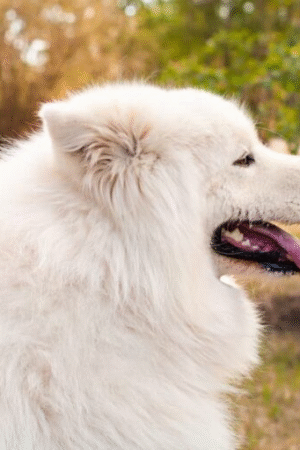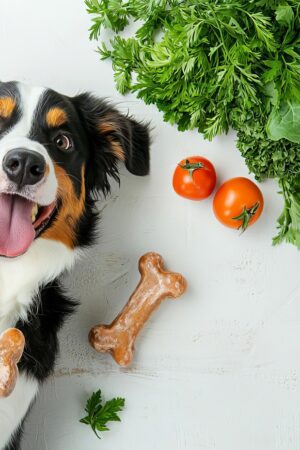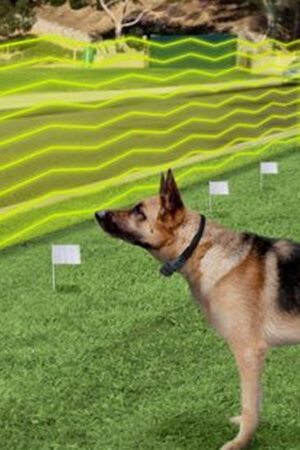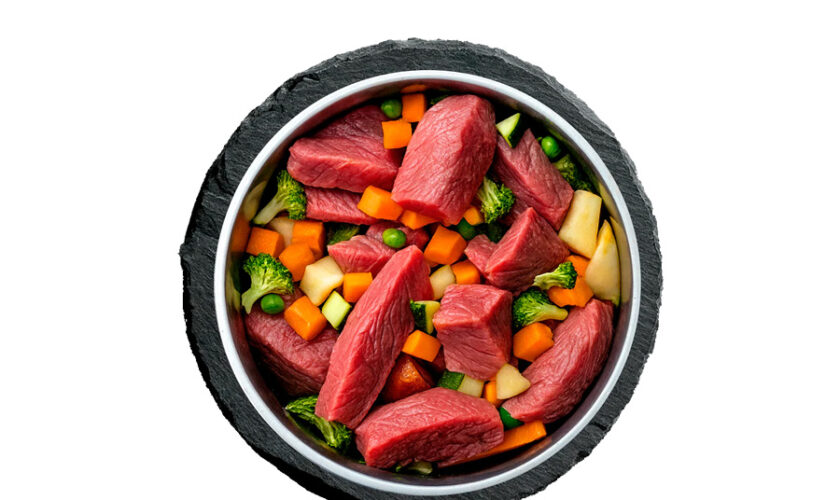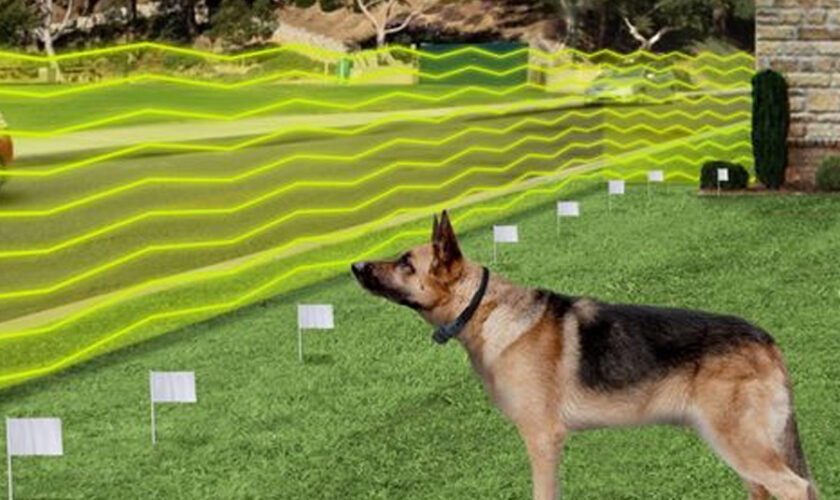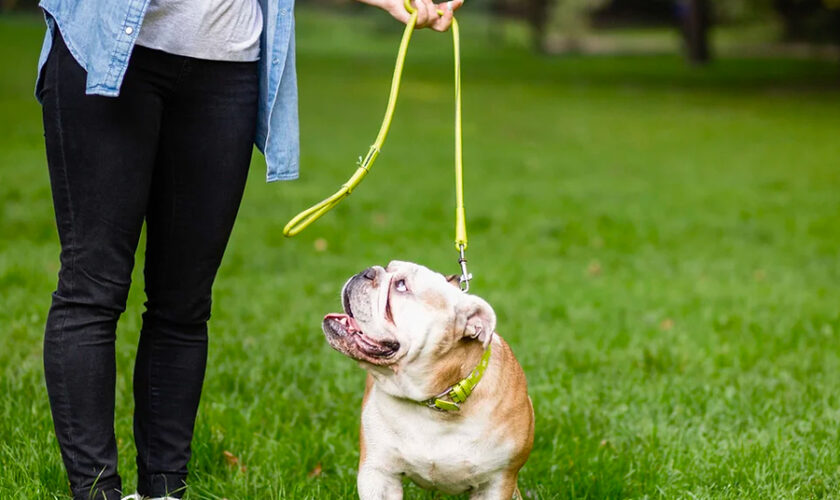Changing your dog’s food is not something to rush. Dogs have sensitive digestive systems, and even a small change in ingredients can lead to discomfort if introduced too quickly. Whether you are upgrading to natural dog food, dealing with allergies, or adjusting to a new life stage, a gradual transition helps your dog adapt smoothly. A careful approach ensures better digestion, steady energy, and a positive association with the new diet.
Why a Slow Transition Matters
When a dog eats the same food every day, their digestive enzymes adapt to break down those specific ingredients. Changing the food suddenly can overwhelm the system. This may result in gas, soft stools, vomiting, or loss of appetite. A slow shift gives the body time to learn how to handle the new composition, whether it has different proteins, grains, or fats. The goal is to maintain comfort and health while helping your dog adjust.
Knowing When It Is Time to Change Food
Some dogs need new food because their needs change over time. A playful puppy will need more calories and growth-supporting nutrients than a calm senior dog. Health issues such as itchy skin, digestive upset, or food sensitivities can also signal the need for change. Your vet may recommend a different formula if your dog is overweight, underweight, or developing allergies. In other cases, pet owners simply want a higher quality option that supports long-term wellness.
A Simple Seven-Day Transition Plan
The most common method for switching food is a slow blend. During the change, you will mix small portions of the new food into the old food, increasing the amount daily. Here is a gentle system many pet professionals recommend:
Day 1 to Day 2
Use mostly the old food with a small portion of the new food. This introduces your dog to the new flavour with almost no digestive stress.
Day 3 to Day 4
Increase the ratio slightly. Your dog will now eat a roughly equal mix of old and new food.
Day 5 to Day 6
Most of the meal can now be the new food. Continue observing your dog closely.
Day 7 and onward
Your dog should now be ready to eat only the new food. By this point, the digestive system has usually adjusted well.
If your dog has a sensitive stomach, the change may take longer. Extending each stage by two to three days can make the shift gentler and more comfortable.
Watch for Signs of Discomfort
Your dog will show you how the transition is going. Healthy signs include steady appetite, normal energy, and firm stools. If you notice vomiting, diarrhea, bloating, excessive gas, or reluctance to eat, slow down and return to the previous step in the transition. Some dogs need more time to adjust or may not respond well to certain ingredients, especially richer proteins or formulas with higher fat content.
Supporting Your Dog During the Change
In addition to a gradual transition, you can help your dog by maintaining consistent meal times and ensuring access to fresh water. Avoid giving many new treats during the change because the digestive system is already adjusting. If your dog seems extremely reluctant to eat the new food, try warming a small portion with warm water to release the aroma. Patience is important. A calm, steady routine makes the shift easier.
Final Thoughts
Switching dog food does not need to be stressful. A gentle, planned transition protects your dog’s digestion and comfort. Always observe your dog’s response and adjust the pace if needed. If concerns arise or symptoms persist, consult your veterinarian. A smooth transition now can support a lifetime of better nutrition and health.

